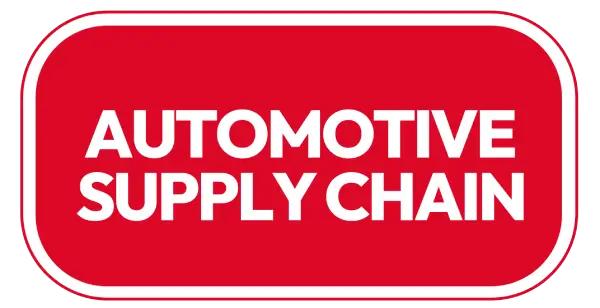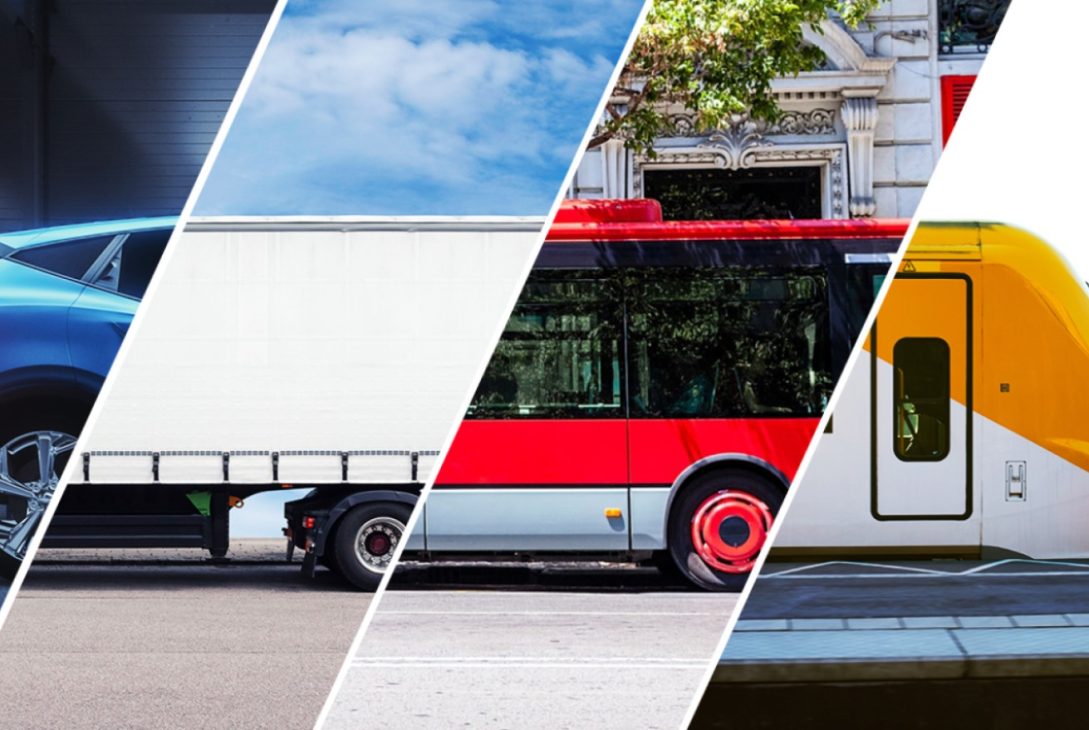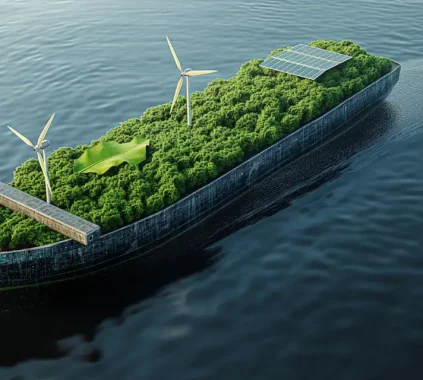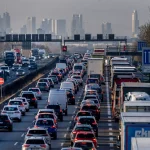Transportation is the backbone of global business. Whether it’s moving raw materials to factories, shipping goods to customers, or enabling employees to commute efficiently, transportation underpins nearly every economic activity. In today’s interconnected world, businesses cannot thrive without efficient, reliable, and sustainable transportation systems.
From traditional shipping and trucking to modern innovations like autonomous vehicles and green logistics, transportation continues to evolve. Companies that adapt to these changes not only gain a competitive edge but also contribute to building smarter, greener, and more resilient economies.
1. The Role of Transportation in Business
Transportation provides the critical link between producers, suppliers, and consumers. Without it, global trade and modern supply chains would collapse.
-
Logistics and Supply Chains: Businesses depend on transportation networks to receive raw materials and deliver finished products on time. Efficient transport reduces costs, increases reliability, and ensures customer satisfaction.
-
Market Expansion: Transportation enables businesses to access new markets. A small manufacturer in Asia can sell products in Europe or North America thanks to air, sea, and land freight.
-
Urban Business Growth: Public transportation systems play a huge role in supporting local economies by connecting people to jobs, shops, and services.
In short, transportation is not just a support function—it is a central driver of business growth and competitiveness.
2. Modes of Transportation in Business
Businesses rely on a variety of transport modes, each with unique advantages and challenges.
-
Road Transport: Trucks remain the backbone of short- and medium-distance logistics, offering flexibility and door-to-door delivery.
-
Rail Transport: Efficient for bulk goods such as coal, steel, and agricultural products, rail systems are cost-effective and environmentally friendlier than trucks.
-
Air Transport: Fast and reliable, ideal for high-value goods like electronics or pharmaceuticals, but expensive and carbon-intensive.
-
Sea Transport: The cheapest way to transport large quantities of goods internationally, accounting for nearly 90% of global trade volume.
-
Urban Mobility: Public buses, trains, and ride-sharing services move millions of workers daily, directly impacting urban business productivity.
Each mode plays a crucial role, and businesses often rely on integrated solutions known as multimodal transportation to balance cost, speed, and sustainability.
3. Challenges in Business Transportation
While transportation drives business, it also comes with challenges:
-
Rising Fuel Costs: Fluctuations in fuel prices directly affect logistics expenses, creating uncertainty for businesses.
-
Infrastructure Limitations: Poor road conditions, congested ports, and outdated rail systems slow down deliveries and increase costs.
-
Environmental Concerns: Transportation accounts for nearly a quarter of global CO₂ emissions, pushing businesses to adopt greener practices.
-
Supply Chain Disruptions: Events like the COVID-19 pandemic or the Suez Canal blockage highlight the fragility of global logistics.
-
Regulations and Compliance: International trade requires businesses to navigate complex customs, tariffs, and environmental regulations.
Addressing these issues is vital for businesses to remain competitive in a fast-changing global economy.
4. Technology Transforming Business Transportation
Technology is reshaping how businesses move goods and people. Innovations are making transportation faster, smarter, and more sustainable.
-
Artificial Intelligence (AI): Optimizes routes, predicts demand, and reduces fuel consumption.
-
Autonomous Vehicles: Self-driving trucks and delivery drones are being tested to reduce labor costs and improve efficiency.
-
Internet of Things (IoT): Real-time tracking sensors help businesses monitor shipments, ensuring transparency and security.
-
Blockchain: Enhances supply chain transparency by creating tamper-proof digital records of shipments.
-
Electric and Hybrid Vehicles: Businesses are investing in EV fleets to cut fuel costs and reduce emissions.
These innovations not only improve operational efficiency but also create competitive advantages for companies that adopt them early.
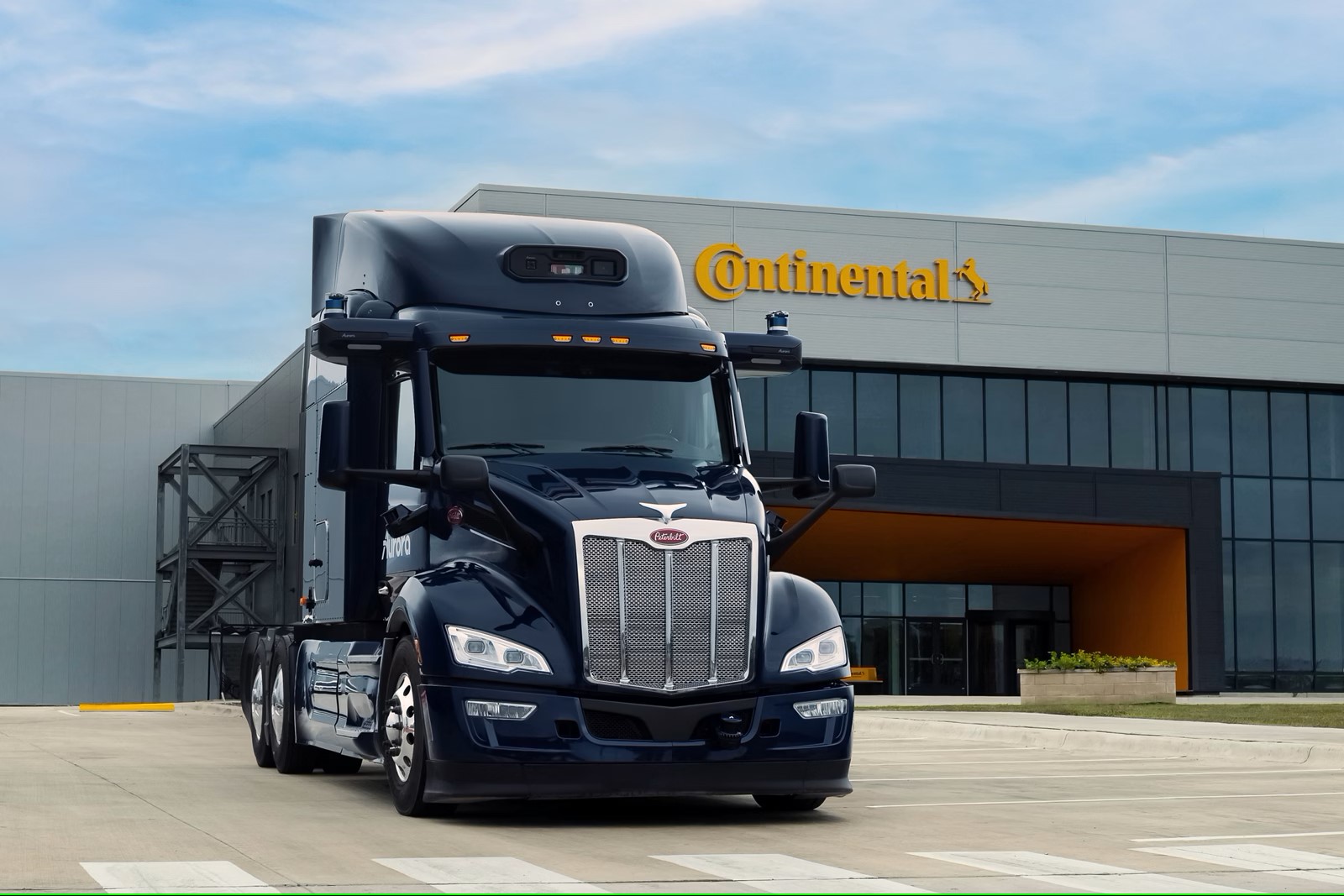
5. Sustainability and Green Transportation
Sustainability is no longer optional in business transportation—it is a necessity. With governments, investors, and consumers demanding eco-friendly practices, businesses must rethink their transportation strategies.
Examples of green initiatives include:
-
Switching to electric delivery vans and trucks.
-
Using renewable energy in logistics hubs and warehouses.
-
Adopting biofuels and hydrogen for long-haul shipping.
-
Implementing carbon offset programs.
-
Encouraging employees to use public transport or shared mobility options.
Companies that prioritize sustainability not only reduce their environmental footprint but also enhance their brand reputation and attract eco-conscious consumers.
6. Transportation and Global Trade
Global trade depends heavily on transportation. Cargo ships, container terminals, and air freight networks keep international commerce flowing. For businesses, efficient global transportation means faster time-to-market and greater competitiveness.
However, globalization has also revealed vulnerabilities. Supply chain disruptions during the pandemic exposed the risks of overreliance on distant suppliers. Businesses are now considering nearshoring (moving production closer to home) and diversifying suppliers to reduce risks.
The future of global trade will be shaped by transportation systems that are both resilient and adaptable to changing economic and environmental conditions.
7. Urban Mobility and Business Growth
In cities, transportation directly affects how businesses operate. Employees rely on public transport, ride-sharing, or personal vehicles to commute. Customers need easy access to retail stores, restaurants, and services.
-
Public Transport: Efficient metro, bus, and tram systems reduce traffic congestion and expand customer reach.
-
Micro-Mobility: Bicycles, e-scooters, and shared mobility services are changing how people move within cities.
-
Smart Cities: Urban areas are adopting intelligent traffic systems, digital ticketing, and real-time mobility apps to improve efficiency.
Businesses in urban environments benefit directly from well-functioning transport networks, while poor infrastructure can hinder growth and productivity.
8. The Future of Business Transportation
The transportation industry is entering a new era defined by technology, sustainability, and resilience. Some key trends shaping the future include:
-
Autonomous Logistics: Self-driving trucks and drones will revolutionize last-mile delivery.
-
Hyperloop Systems: Ultra-fast train technology could redefine long-distance business travel and freight movement.
-
Digital Twins: Virtual models of supply chains will allow businesses to simulate disruptions and optimize transportation networks.
-
Sustainable Aviation: Electric planes and sustainable aviation fuels are being developed to reduce emissions.
-
Collaborative Logistics: Businesses will increasingly share transport networks to maximize efficiency and reduce costs.
Companies that embrace these innovations will gain long-term advantages in cost savings, customer satisfaction, and sustainability leadership.
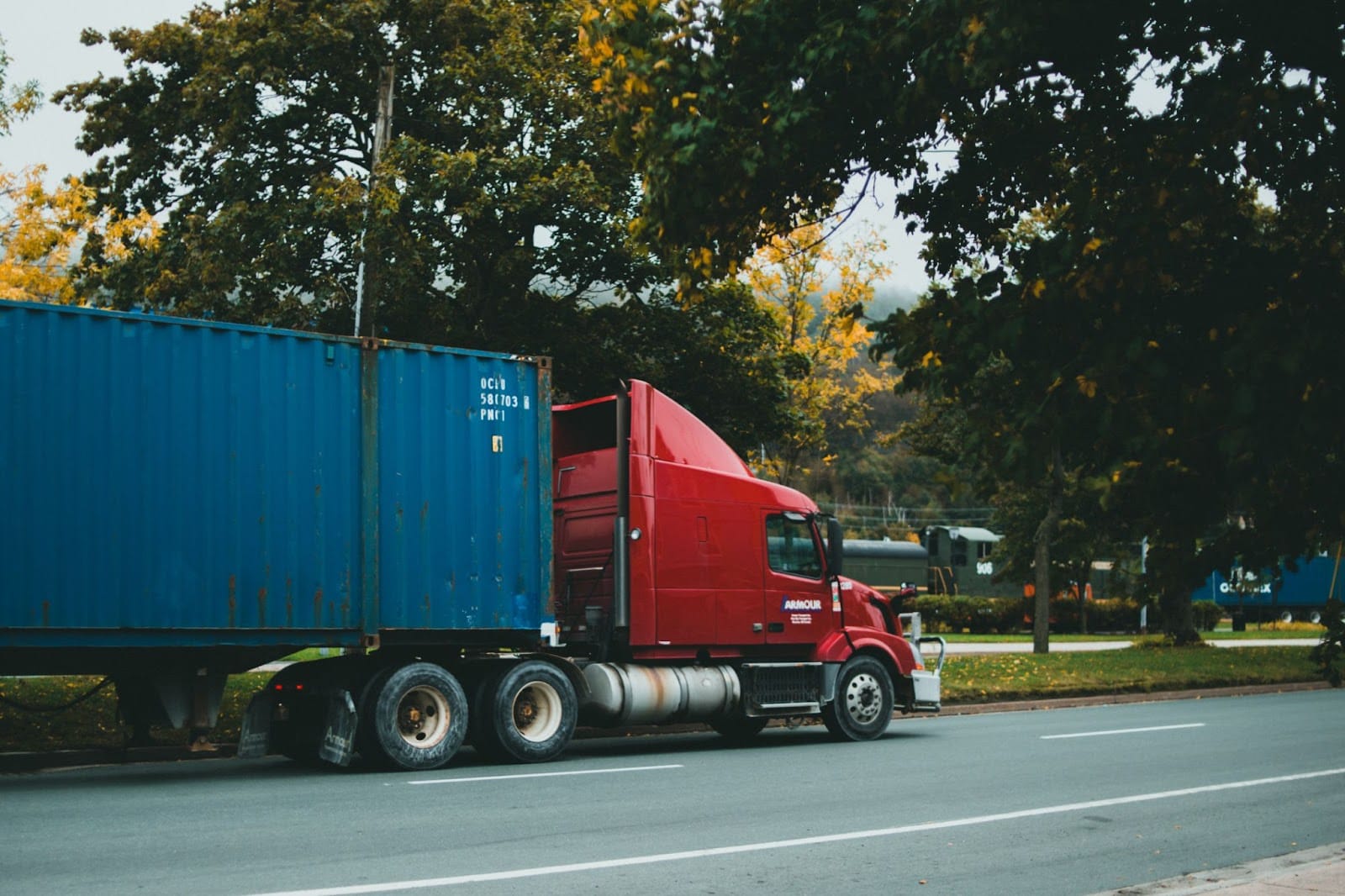
Conclusion
Transportation is not just about moving people and products—it is the lifeblood of modern business. Efficient, reliable, and sustainable transportation systems allow companies to compete globally, meet consumer expectations, and adapt to challenges.
As technology advances and sustainability becomes a business imperative, transportation will continue to transform. Businesses that embrace smart logistics, green mobility, and innovative transport solutions will not only survive but thrive in the years ahead.
The future of business is on the move, and transportation will be the engine that drives it forward.
